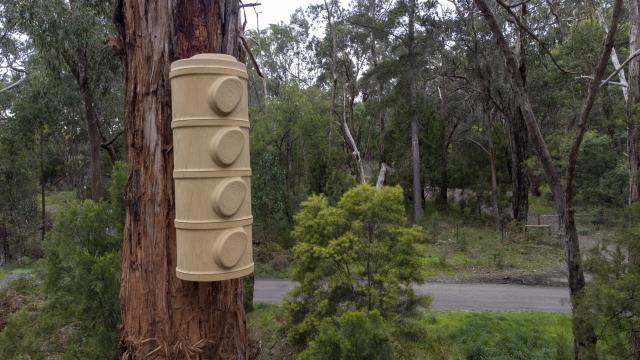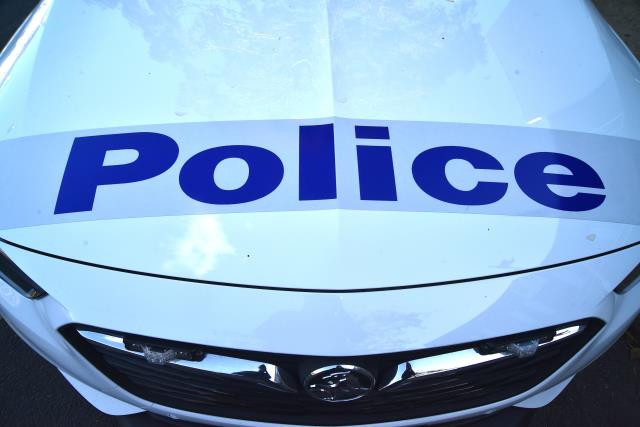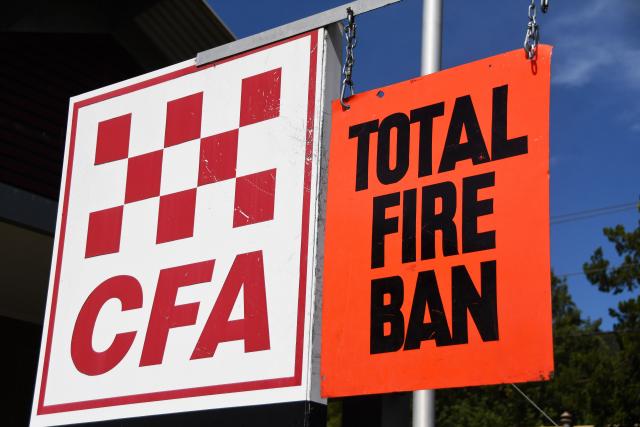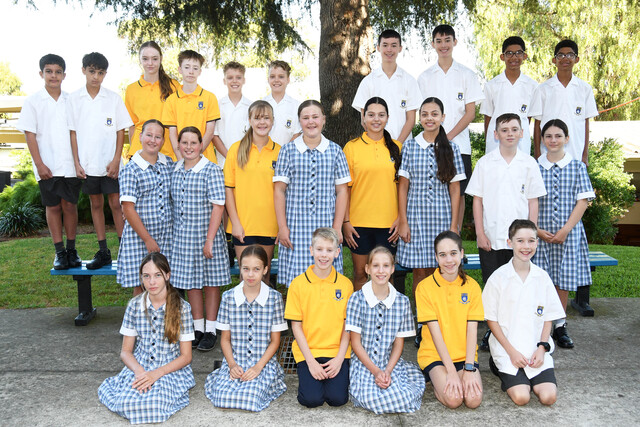Nest boxes for the regions native fauna have been installed in Mount Evelyn, Lilydale and Montrose as part of Yarra Ranges Council storm recovery works.
Following the June 2021 storm, many native wildlife lost their homes because of tree and canopy loss.
In August, qualified arborists were engaged to install a variety of nest boxes with the installations completed under the guidance of Council staff across six sites in Lilydale, Mount Evelyn and Montrose.
A total of 96 nest boxes were installed, with each of the sites housing 16 hollows.
Yarra Ranges Council Bushland Management Officer, Ben O’leary said over 25,000 trees fell during the storm and that several varieties of nest boxes/hollows used in the program were built to accommodate specific species such as Sugar gliders, Gang Gang Cockatoos, and Rosellas.
“Many fauna species across the Yarra Ranges are dependent on hollows, and of course losing those hollows has placed an additional pressure on these species,” he said.
“In an effort to support our wildlife, Council and DELWP have instigated a study at six sites where we have installed a range of different hollow types that have unique characteristics to accommodate different species.”
Ben said by using a combination of nest boxes, this project will create more homes for wildlife in the Yarra Ranges municipality.
“We’ve been working with our arborists who are able to safely drill into a tree and create a hollow which mimics in many ways a naturally formed hollow. By doing so we’re able to speed up the natural hollow process and harness the thermal and microbial properties of the tree,” he said.
“Another approach that we’re using is a 3D printed hollow attached to the side of a tree. These are quite large and are double lined like a double-glazed window, so they hold temperature well and protect animals inside from weather extremes.”
It is planned these nest boxes will be monitored by volunteers and Landcare groups to collect valuable data, which will be used to improve future nest box projects and provide information on particular species.
Yarra Ranges Council Mayor, Jim Child said the council also aims to also create volunteering opportunities for TAFE students, local Landcare groups and residents to be involved in monitoring while also creating more awareness of the significance of hollows.
“These hollows have certain characteristics that make them applicable for certain species, but we need help monitoring these sites so that we can remain better informed on the decisions we make to ensure our unique wildlife that call this region home remain here for future generations to enjoy,” Cr Child said.
“This is a project Council is undertaking to ensure we are doing the very best we can to preserve our environment and natural species, but we need help from our residents who can be really proud that they are able to contribute as volunteers to protecting our unique natural fauna.”
If you are interested in becoming a volunteer for the hollow monitoring program visit: www.yarraranges.vic.gov.au/Community/Volunteer/Landcare-environmental-volunteering or email: environmentalvolunteers@yarraranges.vic.gov.au








